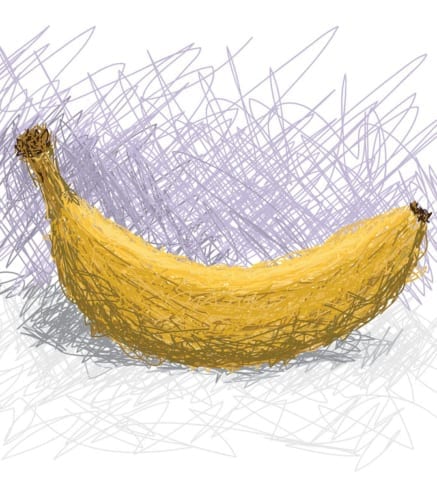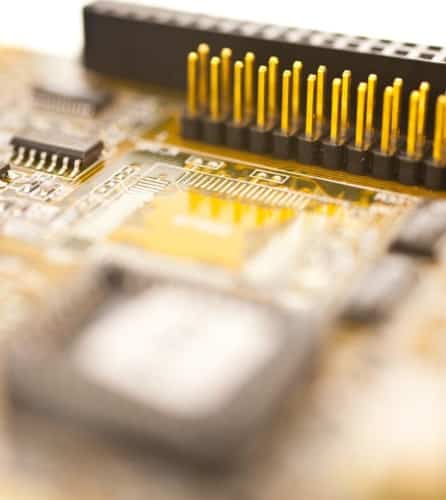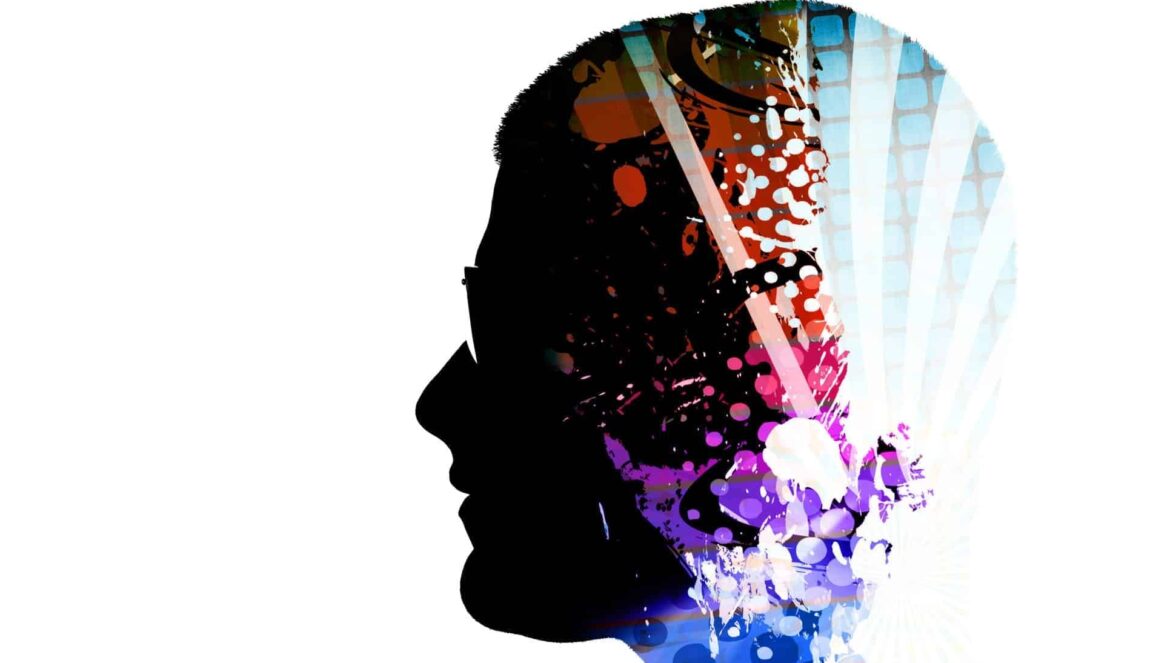Table of Contents
by Betsy Hill
Editor’s Note: This is part one in an ongoing series.
Cognitive Skills are the mental processes our brains use to take in, organize, understand and retrieve information. So much of what happens in our brains are processes we aren’t even aware of when they happen. But while they may happen non-consciously, they define our ability to learn. The model of cognitive processing in the image below will help explain what cognitive skills are and how they support the learning process.
Reception
At the first stage of the learning process, Reception, our brains are tasked with taking in information from the outside world. The enormous amount of information available to our senses must be compared, sorted, organized, and then filtered to eliminate irrelevant information and enable relevant information to flow through to other processes. Our brains take just fractions of a second to determine what is relevant and what to discard, and we are not even aware of it happening; this processing is all nonconscious. In order to do this we depend on cognitive skills such as various attention skills and the ability to efficiently gather visual inputs.
 As information hits our senses, our visual and auditory processing skills predominate, particularly visual processing. It is estimated that 80 – 90 percent of the information we take in is visual. The ability of our eyes to focus, coordinate, track, and how well they integrate peripheral vision with center vision (visual span), will have a lot to do with what information we actually take in. Our ability to retain the sequence of a set of instructions or distinguish between the words “liar” and “fire” can depend on the efficiency and accuracy with which our brains take in information.
As information hits our senses, our visual and auditory processing skills predominate, particularly visual processing. It is estimated that 80 – 90 percent of the information we take in is visual. The ability of our eyes to focus, coordinate, track, and how well they integrate peripheral vision with center vision (visual span), will have a lot to do with what information we actually take in. Our ability to retain the sequence of a set of instructions or distinguish between the words “liar” and “fire” can depend on the efficiency and accuracy with which our brains take in information.
When it comes to attention, there are different modes of attention – sustained, selective, divided and flexible attention. The first refers to how we sustain attention while we work on a particular thing. Selective attention refers to the ability to focus on one input without being distracted. Divided attention involves the ability to pay attention to two activities at the same time, such as taking notes while listening to the teacher. Good attention skills also enable us to move from one activity to another with ease and to focus on the most important information with which we are presented; for instance, to identify the key clues in a math story problem.
Once our brains have received inputs from the outside world, we need to give them meaning.
Perception
At the second stage of learning, Perception, our brains give meaning to the information coming into our brains through our senses. Information selected at the Reception stage is further processed to identify and interpret it. This requires retrieving  stored information from memory and integrating it with the new information to identify a “table” or a “banana.” We must put visual and auditory information together, keep things in a sequence and understand where things are in space and time relative to other things. The ability to understand concepts like “behind,” “on top of,” and “next to,” and “after,” are examples of the time and space relationships that help us understand the world around us.
stored information from memory and integrating it with the new information to identify a “table” or a “banana.” We must put visual and auditory information together, keep things in a sequence and understand where things are in space and time relative to other things. The ability to understand concepts like “behind,” “on top of,” and “next to,” and “after,” are examples of the time and space relationships that help us understand the world around us.
At the initial stages of processing, Reception and Perception, the cognitive processes occur within seconds and are performed largely nonconsciously.
After our brains have taken in information, sorted it, organized it, and given it meaning, it is time for us to do something with it. Here, we can think about having read a sentence out loud, having made sense out of the words, but still needing to figure out what to do about it all.
Direction
The directive capacities of our mind are now generally referred to as Executive Functions (Direction). There are three core executive functions that we use to direct our minds. One is working memory, the ability to hold information in our minds  while we manipulate it. Working memory is the conscious processing capacity of our minds. It is how we compare information we are reading to what we already know (the essence of comprehension), and how we keep track of where we are in solving a math problem.
while we manipulate it. Working memory is the conscious processing capacity of our minds. It is how we compare information we are reading to what we already know (the essence of comprehension), and how we keep track of where we are in solving a math problem.
A second executive function is inhibitory control; that is, our ability to stop ourselves from doing some things we otherwise would do – like blowing out the candles on the birthday girl’s cake. It is also what enables us to defer gratification over a period of time.
The third core executive function is cognitive flexibility. This is the lifeblood of learning. Our ability to change how we think when the world around us changes is cognitive flexibility. As we move through life, we frequently need to or shift from an external focus to internal reflective thinking. Think about the kind of cognitive flexibility that it took to adjust to the idea that the world was round, not flat!
Memory
Memory is essential in all phases of information processing and is integral to any ability to manipulate information, compare, comprehend, and learn. In fact, if we can’t remember something, we can’t really say that we have learned it. Memory skills  range from immediate to long-term, depending on the duration of time information is stored. The only stage at which we are conscious of the information is when we are holding it and manipulating it in working memory. It is important to recognize that if we don’t actively process information in working memory, it is unlikely to be stored in long-term memory.
range from immediate to long-term, depending on the duration of time information is stored. The only stage at which we are conscious of the information is when we are holding it and manipulating it in working memory. It is important to recognize that if we don’t actively process information in working memory, it is unlikely to be stored in long-term memory.
Long-term memory refers to our abilities to permanently store information and retrieve it when needed such as math facts, locker combinations or grammar rules. Research has shown that there are different types of long-term memory and that memory for procedures (like riding a bike or tying your shoes) is quite different from memory for events and facts (like what you ate for dinner last night and when your anniversary is).
Short-term memory is subconscious memory, where the brain decides what information to discard or what to retain in working memory, within 1/1,000 of a second. Sequential memory refers to the ability to recall a sequence of information, in order, such as remembering the historical series of events leading up to the Revolutionary War or what happened at the beginning, the middle and the end of a story.
Thinking
 Critical thinking, reasoning, problem-solving, planning, decision-making and a host of other higher-order thinking processes are the culmination of the learning sequence. Having learned something means that we must take an action, make a decision, or somehow change our behavior. These skills, in which information is manipulated and applied, include such processes as planning, for example, how to tackle a multipart science experiment; concept development such as deductive reasoning; and the ability to use thinking skills quickly to make correct decisions such as in responding to questions on a test.
Critical thinking, reasoning, problem-solving, planning, decision-making and a host of other higher-order thinking processes are the culmination of the learning sequence. Having learned something means that we must take an action, make a decision, or somehow change our behavior. These skills, in which information is manipulated and applied, include such processes as planning, for example, how to tackle a multipart science experiment; concept development such as deductive reasoning; and the ability to use thinking skills quickly to make correct decisions such as in responding to questions on a test.
There is so much more to be said about cognitive skills, including the roles they play in reading, math and other academic tasks, or how they develop and the degree to which they can change at any stage of life (a term the scientists refer to as neuroplasticity, or how interdependent they are. These are topics that we will address in future articles.
Author
 Betsy Hill is President of BrainWare Learning Company, a company that fosters the practical application of neuroscience in the teaching and learning process. She is an experienced educator and has studied the connection between neuroscience and education with Dr. Patricia Wolfe (author of Brain Matters) and other experts.
Betsy Hill is President of BrainWare Learning Company, a company that fosters the practical application of neuroscience in the teaching and learning process. She is an experienced educator and has studied the connection between neuroscience and education with Dr. Patricia Wolfe (author of Brain Matters) and other experts.
She is a former chair of the board of trustees at Chicago State University. She teaches strategic thinking in the MBA program at Lake Forest Graduate School of Management. She holds a Master of Arts in Teaching and an MBA from Northwestern University.
- Inc. – Why Your IQ May Have More Influence on Your Success Than You Think
- The Columbian – Program mixes general education preschoolers, students with disabilities
- Singularity Hub – How Technology Is Transforming the Way We Teach and Learn
